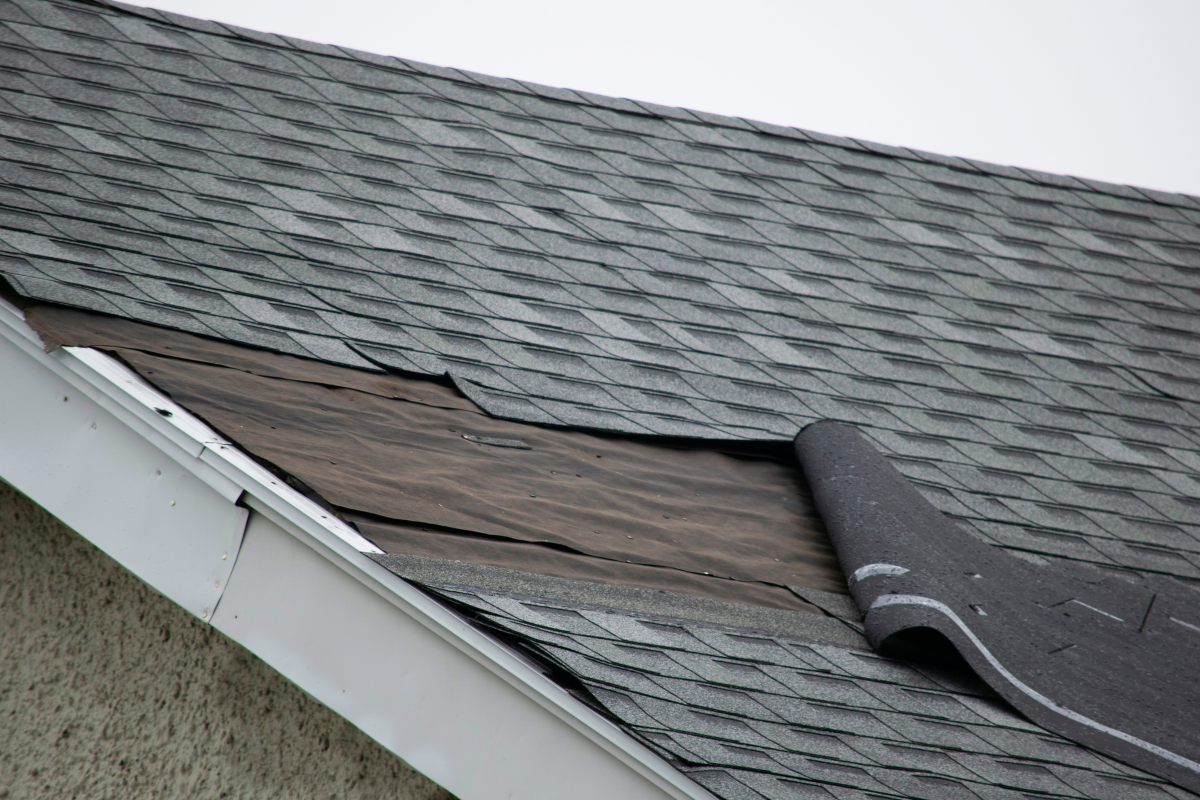Suppose you see a house that seems like a great deal. If it is too-good-to-be-true, it is time to figure out if it really is true. The house is listed on your local multiple listing service, or Zillow, or Realtor.com for much less than other houses of its size and location. The pictures look good. The number of bedrooms and bathrooms looks good. What’s wrong with it?
The low price might be a market tactic.
There is a successful tactic that has been working in markets where there is a lot of demand. Sometimes seller’s agents will offer a house for sale at a price well below what it is worth. This is a way to increase the number of buyers who will come to the open house.
The more people who see it, the more who might make an offer. The more offers are on the table, the more likely someone will get competitive and pay more than the house is worth. The seller and their agent are banking on a lot of demand and hoping for someone who will make a mistake needing to win the bidding war. The winner may be a loser; they paid more than they should have for the house.
Something may be wrong with the house.
Expensive repairs can be hard for the typical buyer to find while walking through on a house tour. An experienced exclusive buyer’s agent knows about most of the common expenses. Those agents also know the importance of a professional home inspection prior to signing your purchase contract. Home inspectors are house experts who can save you from very unhappy surprises.
Expensive repairs include:
Exterior components. Anything that holds up to the elements must be durable. Roofs, windows, exterior siding or repainting, and foundations last a long time. They are expensive to replace when they have aged out. Before buying, you need to know if one or more of these are near the end of their functional life.
Remodels of kitchens and bathrooms. Bathrooms and kitchen need skilled workers in plumbing, electrical service, and carpentry. That coordination of several professionals, plus material costs, make these room expensive to update.
Replacement of house systems. Heating boilers or furnaces, air conditioner compressors, and septic systems are costly to replace. They need to be replaced every 20 years or so. If a house has a few of these near the end of their functional life, these costs add up fast.
Out of date systems. In areas where there are older houses (pre-1950s), there may be antiquated brass plumbing or knob and tube wiring. If you need to replumb or rewire the entire house, there’s a big bill in your future.
Location problems:
Sometimes when an advertised house looks too good to be true, something is wrong with the land that it is on. What are some land problems you should avoid:
- Busy streets, and especially corners of two busy streets.
- Hills or valleys that interfere with how you use your yard.
- Water and drainage problems. Some areas are chronically muddy in the spring or in heavy rains.
- Peat under the foundation. There are areas where houses were built on peat bogs. Some of those houses need repeated foundation repairs because the soil below expands and contracts too much.
Conclusion
If the house is priced too-good-to-be-true, chances are there is some reason it is priced abnormally low. Check for problems in its pricing, condition, or location. Maybe you have found a gem; it is worth the time to check it out!

